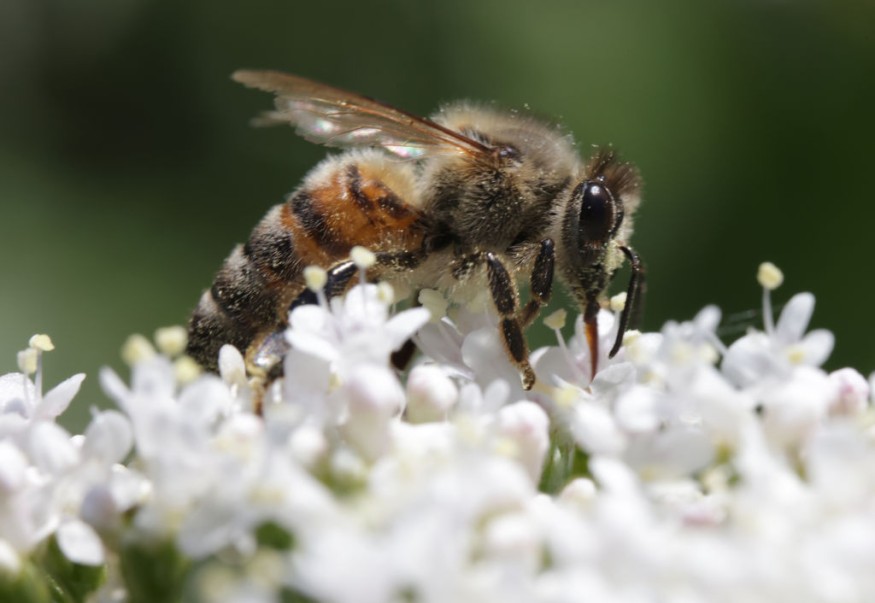
The latest report showed that over 500 bees were documented in 45 genera in Minnesota, which could help conservation efforts of bee populations.
The documentation reveals the rich biodiversity of bee populations in Minnesota to observe and understand the bee ecology in local populations.
Bees have been important in ecosystems and biodiversity.
According to the United Nations Environment Programme (UNEP), bees are crucial in providing high-quality food and pollinators for plants to grow and reproduce.
While the bee's existence is vital to human survival, its populations are under threat and decline due to habitat loss and the use of harmful chemicals.
The report added that air pollution could also impact bees. As a result, protection and conservation efforts are essential to prevent the possible decline.
508 bees species documented in Minnesota
Based on the report, the findings are published in Zootaxa show the check of bees in Minnesota.
Documenting and studying bee populations is helpful, especially in Minnesota, with unique bee fauna due to the city's geographic area. The report noted that the area has unique and specialist species of bees.
The report is also published on Phys.org's website.
According to the study, the statewide checklist was recorded due to the University of Minnesota's specimens and regional bee collections. The researchers looked into the samples that helped contribute to the insect collection at the University of Minnesota.
As mentioned, the researchers noted that the checklist could help conserve the local bee populations in Minnesota. It can also assist future bee researchers in unraveling the decline of specific bee populations.
Rare species of bees are also present, such as the rusty bumble bee, pickerelweed long-horned bee and Suckley's cuckoo bumble bee.
Furthermore, the researchers found that there are species that are extirpated, including Ashton's cuckoo bumble bee in Minnesota.
The report also noted that the cuckoo bumble suffered from declines.
The checklist reveals that there are specialist bees in Minnesota, noting the restoration efforts of their habitats are crucial.
More facts about bees
Bees may look small, but they contribute immensely to the environment. According to the World Wildlife Fund (WWF), bees are crucial pollinators for global crops and plants.
Inside the hive, they look for a potential new queen bee by finding a young larva. Once a colony or hive exists, the queen can lay over 2000 bees.
According to the Buzz About Bees website, when the queen bees are not in the hive or being removed, the bee colony is aware of the missing queen.
It might not be noticeable, but bees have four wings. The report noted that honey bees can fly up to 15 mph.
Furthermore, female bees can be able to sting. Buzz About Bees explained that the Waggle Bee Dance showed that workers informed the colony of areas rich in food.
Related Article : How Robotic Bees Could Help Healthy Colonies, Environment
For more similar stories, don't forget to follow Nature News.
© 2025 NatureWorldNews.com All rights reserved. Do not reproduce without permission.





